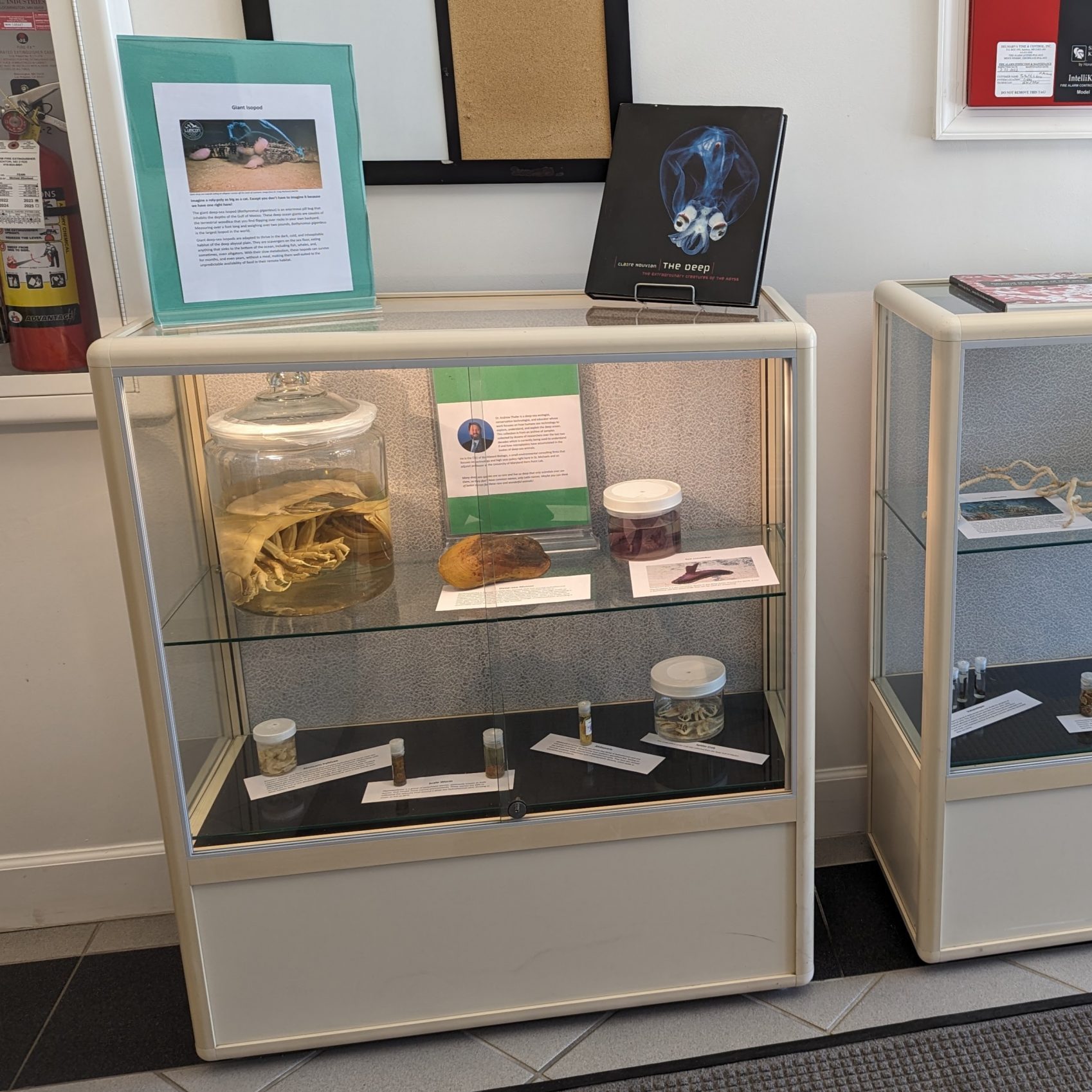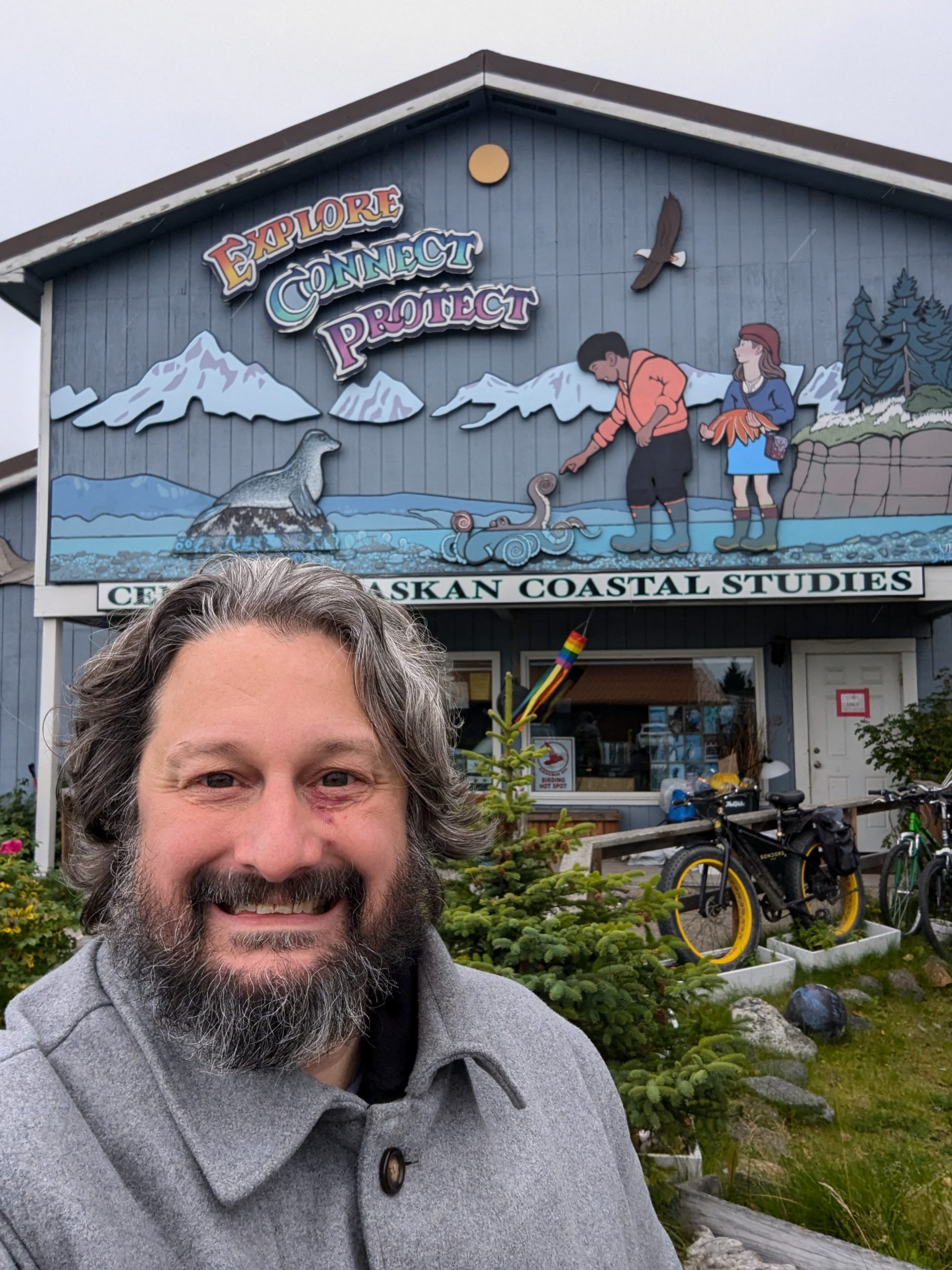 The OpenCTD–a conductivity-temperature-depth (or CTD) sonde is considered the ‘work-horse’ of oceanography. Three relatively simple probes constitute the CTD and allow researchers to make basic water quality measurements. These fundamental measurements are the foundation upon which marine science is built. As was aptly stated by Dr. Thaler, “Rare is the scientific expedition–whether it be coastal work in shallow estuaries or journeys to the deepest ocean trenches–that doesn’t begin with the humble CTD cast.” CTD’s are commercially produced by a number of companies, but the associated cost of purchasing one of these instruments (ranging from $5,000 to $25,000) is an unacceptable barrier of entry into marine science. Thus the OpenCTD project—an attempt to construct a low-cost CTD that is scientifically applicable—was born.. Our goal is to produce free blue-prints, instructions, and schematics for the physical construction and calibration of a low-cost, open-source CTD. The final cost of the device will be low enough (~$200) to be readily accessible to those interested in constructing one, regardless of financial limits.
The OpenCTD–a conductivity-temperature-depth (or CTD) sonde is considered the ‘work-horse’ of oceanography. Three relatively simple probes constitute the CTD and allow researchers to make basic water quality measurements. These fundamental measurements are the foundation upon which marine science is built. As was aptly stated by Dr. Thaler, “Rare is the scientific expedition–whether it be coastal work in shallow estuaries or journeys to the deepest ocean trenches–that doesn’t begin with the humble CTD cast.” CTD’s are commercially produced by a number of companies, but the associated cost of purchasing one of these instruments (ranging from $5,000 to $25,000) is an unacceptable barrier of entry into marine science. Thus the OpenCTD project—an attempt to construct a low-cost CTD that is scientifically applicable—was born.. Our goal is to produce free blue-prints, instructions, and schematics for the physical construction and calibration of a low-cost, open-source CTD. The final cost of the device will be low enough (~$200) to be readily accessible to those interested in constructing one, regardless of financial limits.
You may now be pondering, what are the potential uses for such a low-cost device. As a marine ecologist I will share with you some of my own perceived uses for this instrument. A lot of the work I do looks at marine worms. While not as glamorous as their charismatic megafaunal marine counter-parts, they do hold a high level of importance to marine systems. They are the link in the trophic scale between primary production and higher consumers like fish and crabs. Thus impacts to this group of animals reverberate up the trophic scale, right up to those cute cuddly dolphins. As such, I use a camera system I developed, Wormcam (you can learn more about Wormcam here and follow Wormcam on twitter ) to study marine worms. Wormcam has a water-quality sonde attached to it, that currently costs $5,000. When one of these sondes breaks (which they do at a surprisingly high rate for their cost), the extra expense to have them repaired by the parent company quickly drains my low reserve of discretionary research funds (I am an early career scientists after-all!). OpenCTD excites me because I could replace the current high cost sonde I use with a substantially cheaper version, allowing me greater flexibility with what I do with the save expenses (did someone say Worm party?).
Also, I could easily see incorporating the OpenCTD into the current Wormcam system. Where I continue use of the commercial sonde, and pair it with an array of OpenCTDs, increasing the spatial resolution of my observations, as well as validating the data I am collecting with the commercial sonde.
Let me know in the comment thread what you would like to do with an OpenCTD and I will retweet some of the ingenious uses. 🙂
Visit the OpenCTD ROckethub Site here and consider contributing a few dollars to the project.


Great ! – I got a look (my first) at worm cam and It seemed like a great first step in tying things together. Similarly this is the first I have heard of Open CTD – As a mechanical engineer the project seems exciting. I would love it if you might provide a link for potential participants (The crowd sourcing link only speaks to those who fund….) – We have a long term program directed towards the health of Johns Pass Florida and Open CTD sounds like something we would derive great benefit from…..
Floyd Roberts